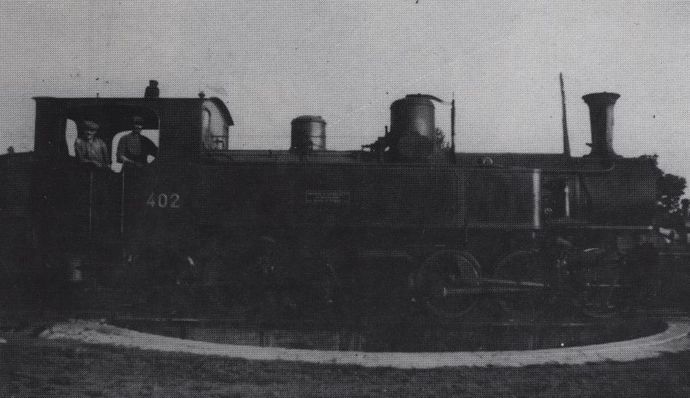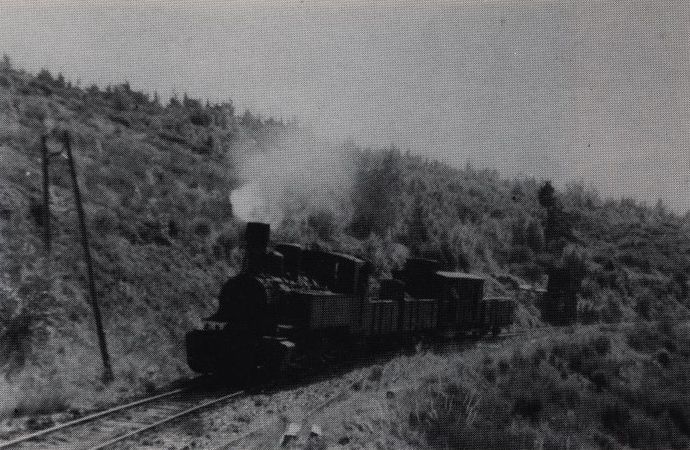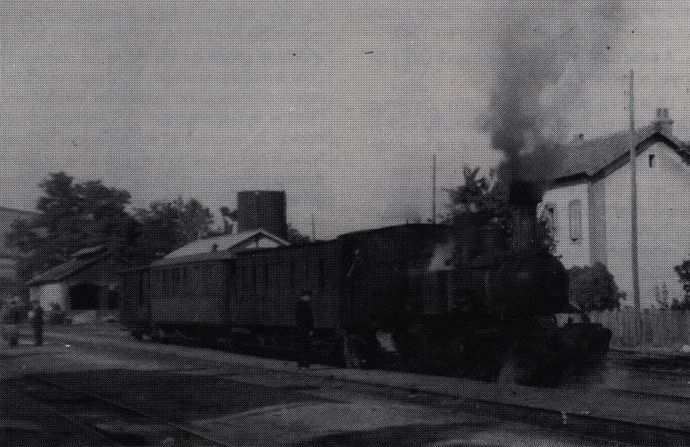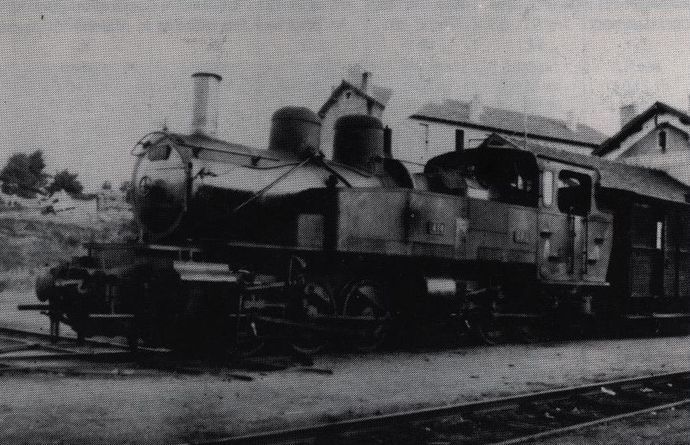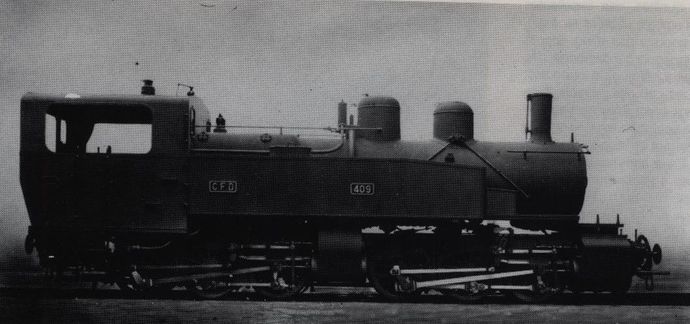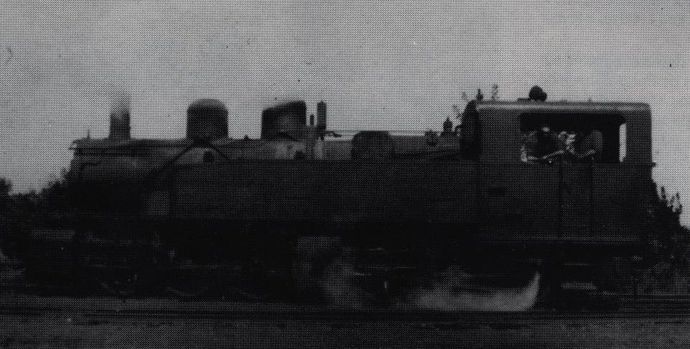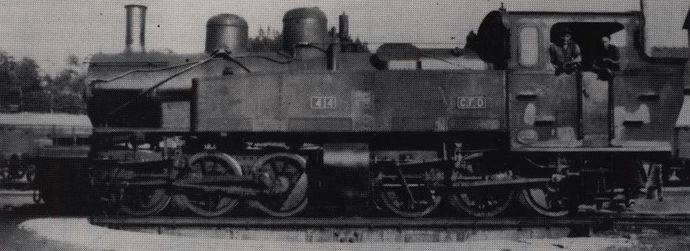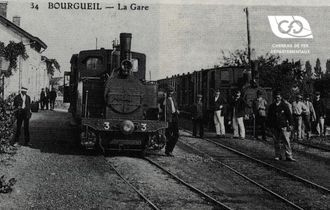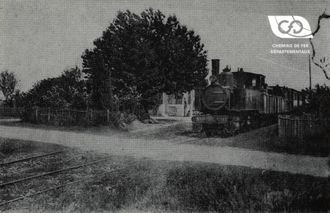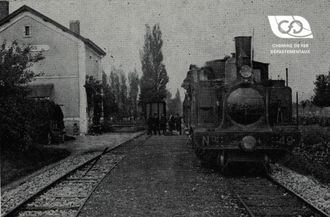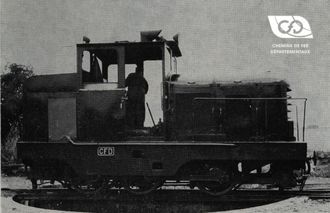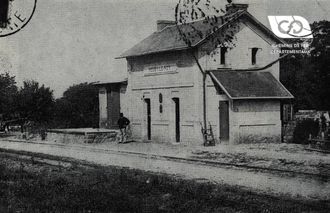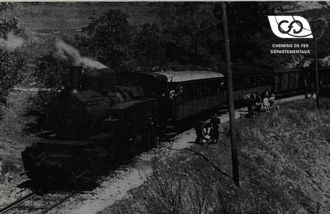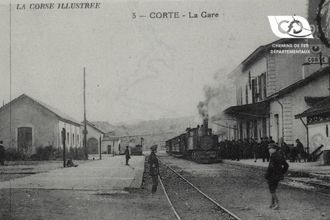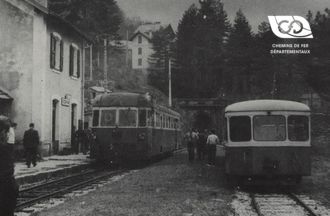In order to overcome the operating difficulties encountered on the new lines of the Vivarais network, in 1901, the Company had a new type of machine studied which could tow loads of 801 on ramps of 32.5°/°° combined with curves of 100 m radius and this, at a speed of 20 km/hour.
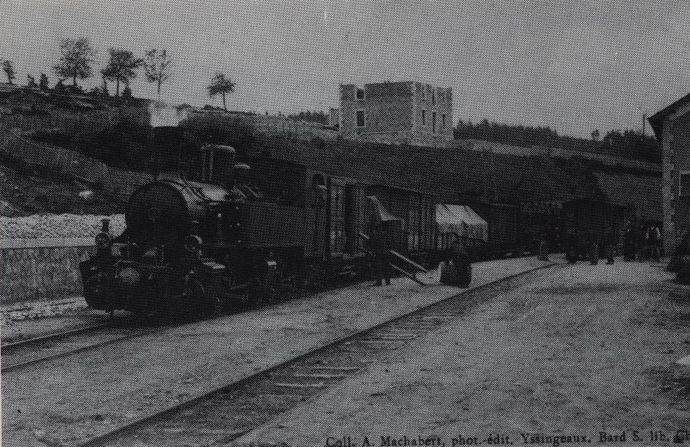
To do this, the C.F.D. engineers recommended the Mallet type with compound operation with two groups of three axles. A competition launched in France for the construction of a prototype, with an option for four additional units, in the event of success in the tests, did not meet with the expected success. Indeed, the French constructors, whose order books were well filled, were not anxious to take the risk of a study, without having the certainty of obtaining a large order.
The C.F.D. did not have any better results when they turned abroad, as only the Swiss Locomotive Building Company (S.L.M. in Winterthur) agreed to take on such a supply, taking as a basis the model it had built for the Rhaetian Railways, which was close in power and design to the machine requested.

The S.L.M. 401-408 series
Description of the S.L.M. 401-408 series
The prototype built by the S.L.M., differed from the model of the Rhaetian Railways by the adoption of 2 groups of 3 axles instead of 5 including 4 engines. On the other hand, the chassis was inside the wheels, unlike the Swiss machines. The other characteristics were comparable.
The boiler, stamped at 14 kg, consisted of 152 smooth tubes 0.045 m in diameter and 3.600 m in length providing a tubular heating surface of 77,500 m2.
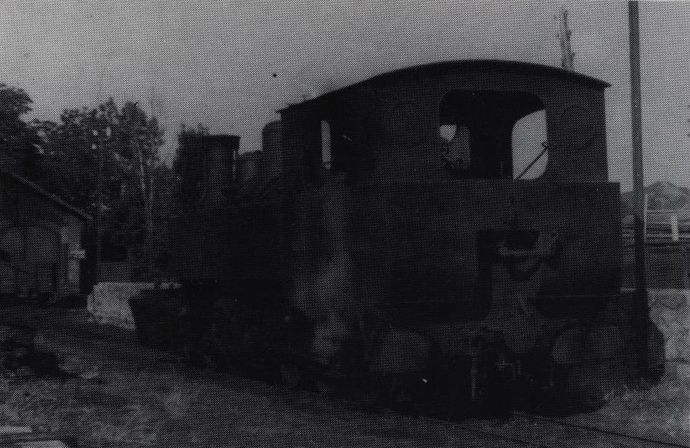
The safety valves, of the balance type, were later replaced by the balance model, were later replaced by the direct-load model, and were located at the rear of the steam dome, located on the second ferrule. Compared to the type 300, the cylinders were larger and the piston stroke was increased to 0.550 m. The diameter of the wheels was 1,010 m and the wheelbase of each engine truck was 2,200 m. Despite its considerable length of 10,900 m, this machine fitted perfectly into the small radius curves.
The tractive effort of 8060 kg allowed this locomotive to tow large loads on all the lines of the Vivarais network. During the tests, the prototype provided traction for a train of 60 wagons representing a load of 1601 at a speed of 15 km/h on 30°/00 gradients. This very heavy model reached a laden weight of 45.71 evenly distributed over the 6 axles, limiting the axle load to 7.6 t, 1 t less than that of the 300 type machines.
The shelter, closed on all four sides, was pierced at the bow by two rectangular portholes and at the stern by two circular portholes framing a cut-out giving access to the fuel bunkers, projecting aft. On the sides, a wide opening had been made to provide the operating crew with a good view of the track.
The rectangular water boxes were limited to the plumb line of the sandpit fixed on the first ferrule.
The mass-produced machines subsequently built by the S.L.M. up to 408 underwent some modifications , in particular the replacement of the balance valves by loaded valves and the removal of the projecting fuel boxes at the rear and their integration into the shelter.
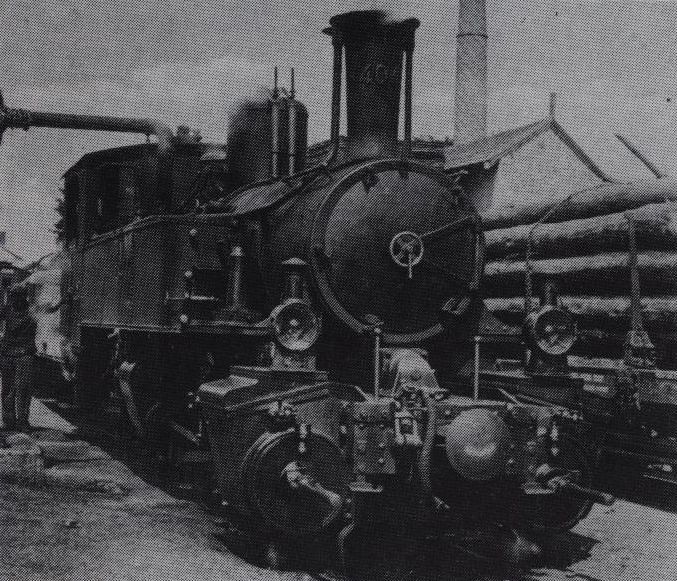
The original livery was black, but later the water tanks and shelter of some units were painted in light green or brown. Marking consisted of the registration number embossed on the chimney and both sides of the shelter. A rectangular plaque placed on each water crate bore the names of the network and the company. A similarly shaped construction plaque was attached to the steam dome. Later on, on some units these plaques were placed.
On the rear cross member, the company monogram and registration number on either side of the centre stamp were painted yellow on a vermilion red background.





